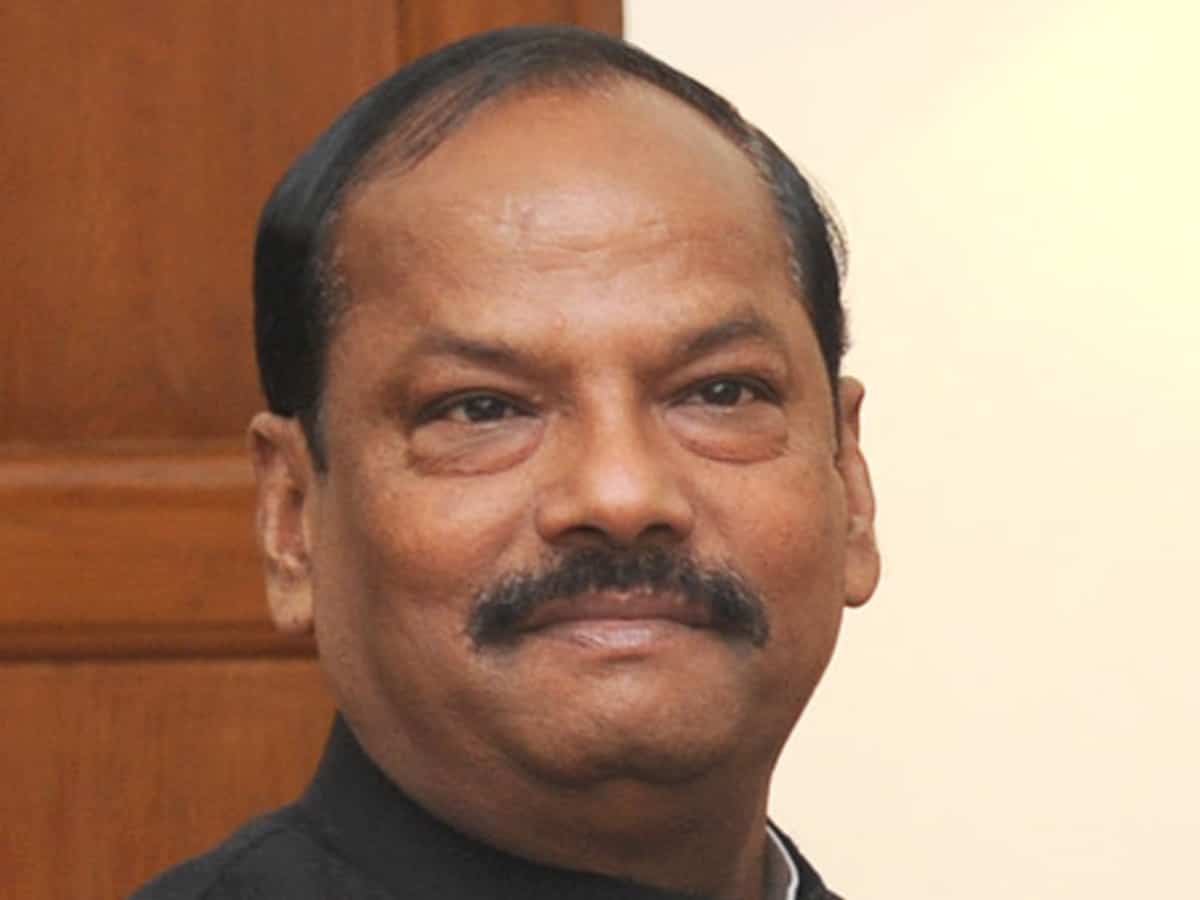
Strange are the ways of politics. On December 28, 2014 Chhattisgarh –born Raghubar Das, now governor of Odisha, was made the first non-tribal chief minister of Jharkhand by the ruling Bharatiya Janata Party, though the state was created in the name of Adivasis on November 15, 2000 after seven decades of struggle. Das is a Teli, the caste to which Prime Minister Narendra Modi comes from.
His father had shifted to Jamshedpur where he worked as a labour in a steel plant.
So, the party which broke the tradition of installing a non-tribal as CM of Jharkhand, the state which was the epicenter of the Adivasi revolt against the British since the mid-19th century, has nine Decembers later in 2023 elected Vishnu Deo Sai as the first tribal chief minister of the BJP in
Chhattisgarh.
The first CM of the party, Raman Singh, who held this post between 2003 and 2018, was a Rajput.
Instead, the first chief minister of Chhattisgarh was Ajit Jogi, a ‘tribal’ of Congress who took oath on November 9, 2000, the day it was carved out from Madhya Pradesh. Jogi’s Scheduled Tribe status was later challenged in the court by the BJP leaders.
Past mistake
Though several political analysts are calling the latest move as a master stroke of Narendra Modi it remains a mystery as to why the saffron party deliberately chose to make Raghubar Das, an OBC, the sixth chief minister of Jharkhand, which has a 26.3 percent Scheduled Tribes population and which has never elected a non-Adivasi for the top post. The party paid a heavy price as it was voted out of power in an Assembly election held in December 2019. The Jharkhand Mukti Morcha-Congress-Rashtriya Janata Dal combination came to power under the leadership of Hemant Soren, the son of Santhal icon Shibu Soren, and founding father of this state.
The BJP was defeated and Raghubar Das himself lost from his own Assembly constituency though in the Lok Sabha poll held seven months earlier in May 2019 the NDA did well in Jharkhand winning 12 out of 14 seats. The other two were bagged by JMM and Congress.
But the Adivasi votes in other parts of the Hindi heartland turned away from the BJP in the state Assembly elections, though the RSS has been working among them since the very beginning. In December 2018 Assembly election in Chhattisgarh, the Congress walked away with 25 out of 29 Scheduled Tribes seats while the saffron party could win only three. However, this time the equation had changed as the BJP won 17 while the Grand Old Party only 11.
The ruling party at the Centre realised the mistake committed in Jharkhand in 2014 and in the Presidential election held in 2022 named Droupadi Murmu, a Santhal of Odisha and governor of Jharkhand, as its candidate after the opposition decided to back former Union minister in Atal Bihari Vajpayee cabinet, Yashwant Sinha.
The BJP took several other initiatives to woo Adivasis. This resulted in its victory in 24 out of 47 ST reserved seats in Madhya Pradesh in the recently held poll. Congress got 22. In 2018 the Congress had won 30 against the BJP 16.
In Rajasthan too the BJP this time registered victory in 12 out of 25 ST reserved seats against 10 by Congress. Last time the Congress bagged 12 while the BJP only nine.
In Telangana, where the saffron party was pushed to third place the victorious Congress bagged nine out of 12 reserved seats while the Bharat Rashtriya Samiti wrested three. In 2018 both the parties secured six seats.
Focus on Chhattisgarh
According to the 2011 Census Chhattisgarh had a 30.6% ST population, which is the highest in India. Now the figures have increased to 32% as last year about a dozen small social groups were included in the Scheduled Tribes list.
With the Lok Sabha poll not far away the BJP strategy is to attract Adivasis votes of not only the four states (excluding Mizoram) which went to poll recently but also of Jharkhand, Odisha, West Bengal and Gujarat etc.
Out of 113 STs reserved seats in Chhattisgarh, Madhya Pradesh, Rajasthan and Telangana the BJP won 53 while Congress 52. The rest eight went to smaller outfits. Last time the Congress figure was 73 against BJP 28.
Scheduled Tribes have substantial presence in North East as well but the equation there is slightly different as Christians form a sizable percent of population.
As STs form 8.6% of India’s population the BJP has by making Vishnu Deo Sai the chief minister of Chhattisgarh atoned for the mistake it committed in Jharkhand nine winters back. In the Hindi belt their number is quite substantial and the Congress or other parties, like JMM, will have to draw its strategy.
The BJP has not only turned its heat on Jharkhand chief minister Soren and Congress there but Prime Minister Modi was very much present on November 15 to take part in the function to mark the birth anniversary of tribal hero, Birsa Munda. This state was hewed out from Bihar in 2000 on this very date. Atal Bihari Vajpayee was then the Prime Minister.
Mark it, the PM spent so much time in Jharkhand not only keeping in mind the next year’s Lok Sabha and Assembly polls but went on to give a signal to the Adivasi voters of neighbouring Madhya Pradesh and Chhattisgarh which went to poll on November 17. The campaign in these two states ended on November 15 evening.
